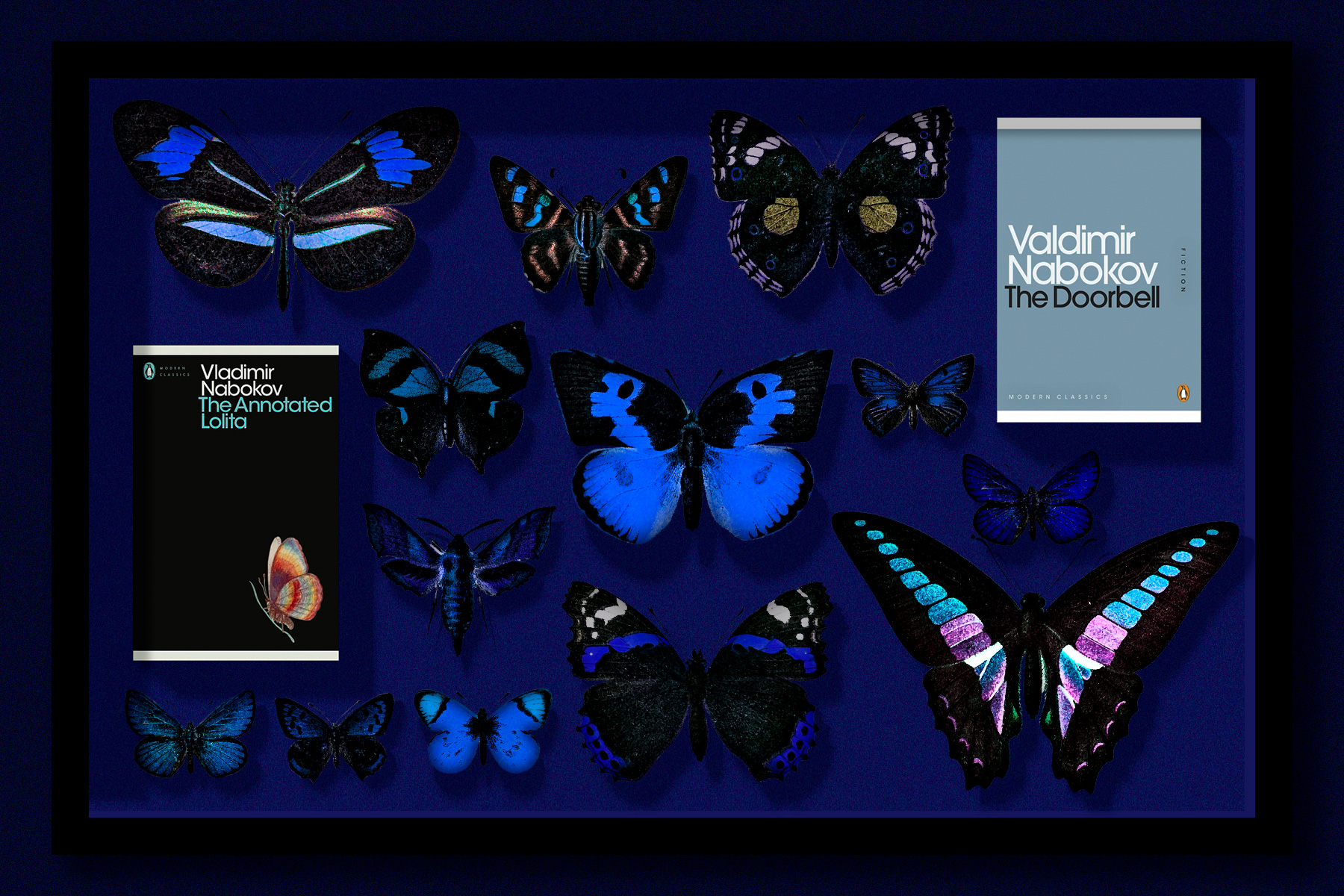- Home |
- Search Results |
- Vladimir Nabokov: novelist, poet… esteemed butterfly scientist?
Vladimir Nabokov: novelist, poet… esteemed butterfly scientist?
In this essay from his forthcoming collection, There Are Places in the World Where Rules Are Less Important Than Kindness, titled ‘Lolita and the Blue Icarus’, Carlo Rovelli writes about Nabokov’s foray into lepidoptery – and his surprising recognition as “a scientist of real worth”.

Passing through the Museum of Natural Sciences in Milan recently, I came across an old cabinet containing a collection of blue butterflies, together with what for me was an unexpected name in a context such as this: Vladimir Nabokov.
The same Nabokov, that is, who was the author of such dazzlingly written novels as Lolita:
Lo-Lee-Ta: the tip of the tongue taking a trip of three steps down the palate to tap, at three, on the teeth. Lo. Lee. Ta.
She was Lo, plain Lo, in the morning, standing four feet ten in one sock. She was Lola in slacks. She was Dolly at school. She was Dolores on the dotted line. But in my arms she was always Lolita.
He is perhaps one of the greatest novelists of the twentieth century. As an article in the literary supplement of The New York Times recently reminded us, ‘in academic circles Nabokov is increasingly mentioned alongside names such as Proust and Joyce’.
Spectacular proof arrived of his hypothesis about butterflies crossing the Bering Strait, and with it the recognition of his status as a scientist of worth
Nabokov was the curator of the lepidoptera section in the Harvard University Museum of Comparative Zoology. He published detailed descriptions of hundreds of species. He used to collect butterflies in his childhood, the happy descendant of an extremely wealthy family of the Russian aristocracy. When he was eight years old, his father was imprisoned for political reasons: the young Vladimir carried a butterfly to his cell. With his father murdered and the family fortune lost in the Revolution, he escaped to Europe, where he eventually used the earnings from his second novel to pay for a butterfly-hunting expedition in the Pyrenees.
He was forced to flee from Europe too, after the Nazis came to power, and continued to cultivate his passion for entomology in the United States. He was regarded as a skilful amateur, capable of describing the different species of butterfly, being himself one of the last specimens of a type nearing extinction: nineteenth-century aristocrats who collected lepidoptera as a pastime. But a decade after his death in 1977, various entomologists began to take his scientific work seriously. His classifications turn out to be astute. One of the butterflies he described is named Nabokovia cuzquenha in his honour. A book published in 1999, Nabokov’s Blues, tells the story of the rediscovery of Nabokov’s classifications. But another ten years elapsed before the spectacular proof arrived of his hypothesis about butterflies crossing the Bering Strait, and with it the recognition of his status as a scientist of real worth.
Is there a connection between Nabokov’s science and his literary work? It is hard to resist the temptation of associating Lolita with butterflies, especially the Lolita seen through the lens of Humbert Humbert’s desperate love. But this is prob ably too facile. The issue is discussed in an essay by Stephen Jay Gould with the suggestive title ‘There is No Science without Imagination, and No Art without Facts: The Butter flies of Vladimir Nabokov’, in which he argues that Nabokov’s acute focus, his almost obsessive concern for observation and detail, is at the root of both his success as a butterfly collector and his technique as a novelist. Which is probably true. Nabokov himself has written: ‘A writer must have the precision of a poet and the imagination of a scientist.’